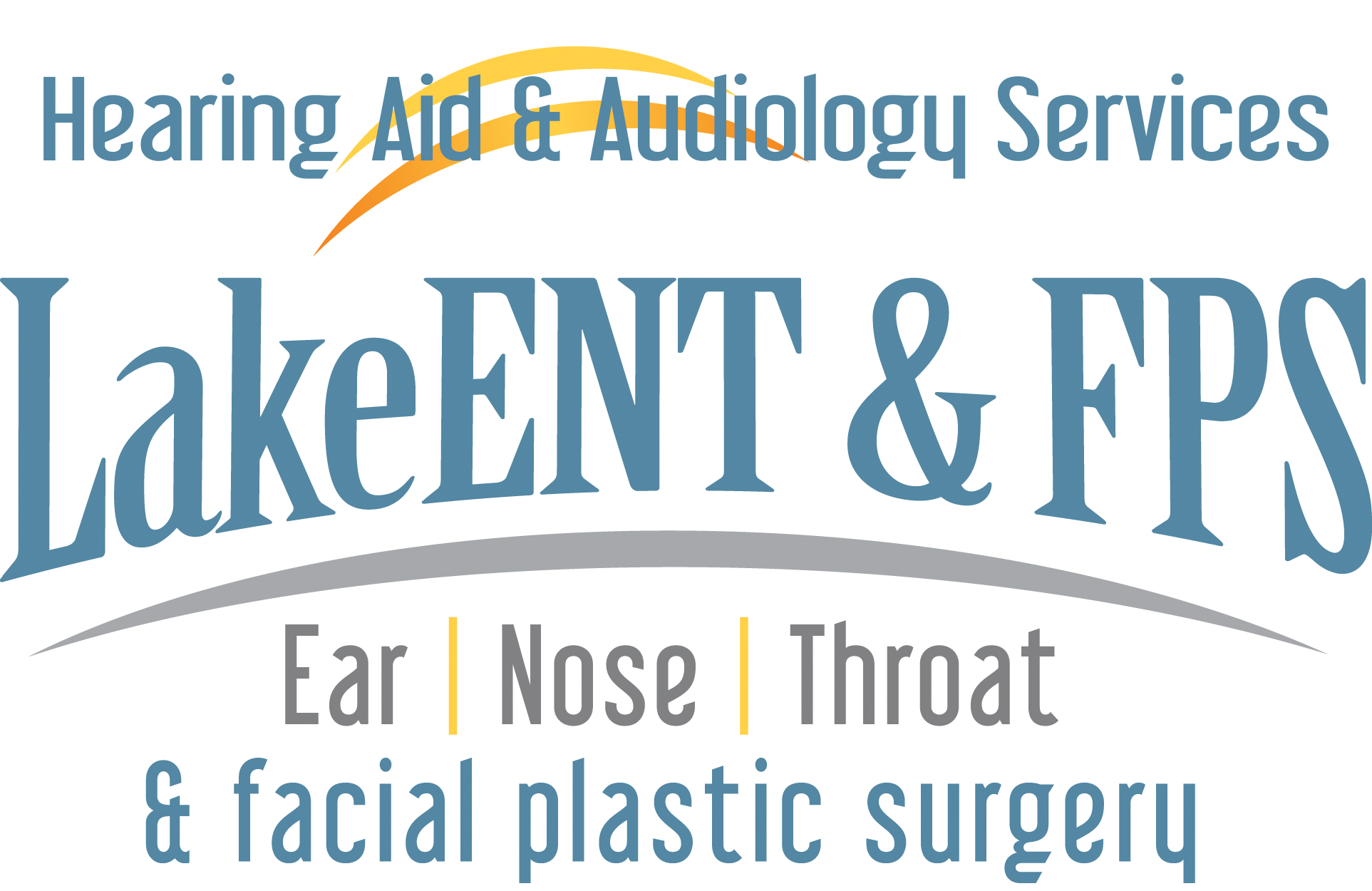Hearing Evaluations
The first step in determining your hearing capability is a diagnostic hearing evaluation. Our Audiologist or Licensed Hearing Professional will determine the type and degree of your hearing loss and its impact on your ability to communicate.
This diagnostic evaluation consists of otoscopy, pure-tone air and bone conduction audiometry, speech recognition testing and speech discrimination testing. Another test that may be performed is tympanometry. A thorough history of your hearing and ear health is also important.
The combination of these tests help us determine the unique aspects of your hearing as an individual. This also helps our hearing professionals determine if your hearing loss can be treated medically or if hearing aids are the most appropriate treatment for you.
Otoscopy
Otoscopy is a visual examination of the ear and ear canal. This is necessary to verify that there is no blockage in the ear canal preventing further testing and that the overall health of the ear is good.


Pure-tone Audiometry
Pure-tone air and bone conduction audiometry takes place in a sound-attenuated room. During air conduction audiometry, our hearing care professionals will present tones that vary in loudness and pitch through headphones. Your responses to very soft sounds are recorded on an audiogram at different frequencies. Next, the same tones will be presented through a different type of headband called a bone conductor that is placed behind the ear on the mastoid bone. The results of these two tests help our hearing care professional to determine the type and degree of hearing loss. This will also help determine if your hearing loss is originating from the outer, middle or inner ear.
Speech Testing
Speech testing is also a very important part of your complete hearing evaluation. A speech recognition threshold (SRT) determines the lowest level at which you can recognize speech. The speech discrimination test will determine your ability to hear and understand words at a conversational level. The results of pure-tone audiometry and speech testing are used together to determine your candidacy for hearing aids.


Tympanometry
Tympanometry measures the resistance of the eardrum to pressure and sound. A soft plug is placed in the ear canal to seal the ear. A continuous tone is presented while the tympanometer simultaneously changes and measures the pressure in the middle ear. The results of this test are used to assess the functioning of the eardrum and middle ear. Tympanometry cannot determine the extent or degree of hearing loss.
Ready to find out more?
After your complete hearing evaluation, your next step could be a hearing aid evaluation. If your test reveals a permanent hearing loss, hearing aids may be recommended for one or both ears.

